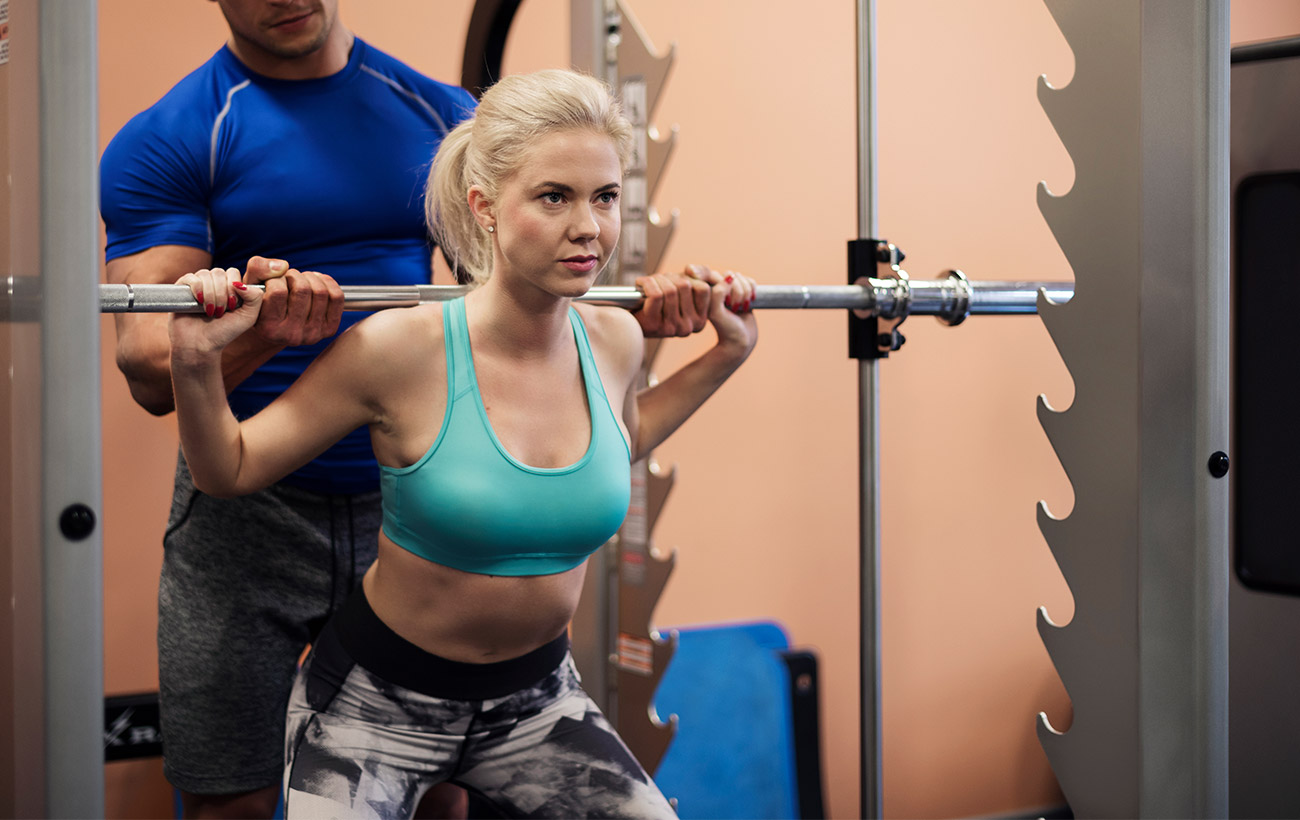Progressive Overload – what this should look like in rehab
Progressive overload is a fundamental principle of exercise training and especially rehab. It is when you progressively increase the load, frequency, intensity or volume of the exercise. Unfortunately in some rehab plans though it’s not used effectively. Let’s take an example, you have recently injured your shoulder at gym training for an upcoming event. You know you’re going to need to meet your PB strength to compete in the event. You see a physio who just does some basic testing and gives you an exercise band to do some strength work
Are your headaches coming from your neck?
Some of you might not believe it at first, but yes headaches can originate from the neck. These are called cervicogenic headaches. Broken down from latin cervico = neck, genic = origin. These are different to migraines and should be treated as such. The explanation for this requires pretty advanced anatomical lessons but here is the most simplified version: pain signals from the C1/2/3 vertebrae get confused in the neck with the areas of sensation across the head. So when there is sensation from these joints, the brain actually feels the
‘Tissue Tolerance’ as the new ‘Get Stronger’
One of the first things a client might hear a physio say is that we need to ‘get that area stronger’. This can bring up thoughts of gyms, heavy weights and even for some people a fear of ‘bulking up’. But what we really should be saying is that we are trying to build up the tissue tolerance of the injured area whether that be tendon, ligament, bone or muscle. Injuries happen when the force applied to tissue is greater than that tissue's capabilities. So really, rehabilitation is just trying to return you
How to stretch better
For a lot of people stretching is one of the first things they try when experiencing pain. This could be because it’s also one of the first things people are taught when it comes to movement and exercise. However, the latest evidence coming out tell us that strength training can have the same benefits in regards to active range of motion as stretching. So why do we stretch? Why should we stretch? And how can we stretch better? Stretching can be divided into two types - dynamic and static. Dynamic is repetitive
I Failed Physio..
This is a common phrase we hear people say if they have been referred for a second opinion. But here’s the thing, most of the time you didn’t fail physio, Physio failed you.. Here are some of the common faults I find which doesn’t mean that physiotherapy as a profession is wrong, but just that the plan given to you wasn’t suitable. Treating symptoms not the cause This is a huge issue across all therapies. It is very easy to identify someone’s symptoms and create a basic plan to try address them. But
Kintsugi – why you should care about it
Kintsugi is the Japanese art of repairing broken pottery typically with a gold or silver tinted joinery. The belief is the damage is a part of the items story, not the end. It’s about embracing the imperfect and the flawed. This is my first journal piece, and I believe it’s the most important and fundamental. After all, I named my business after it. Exercise and movement for most people is highly correlated to their mental health and injuries can have a big impact on this. The activities that they attach their






